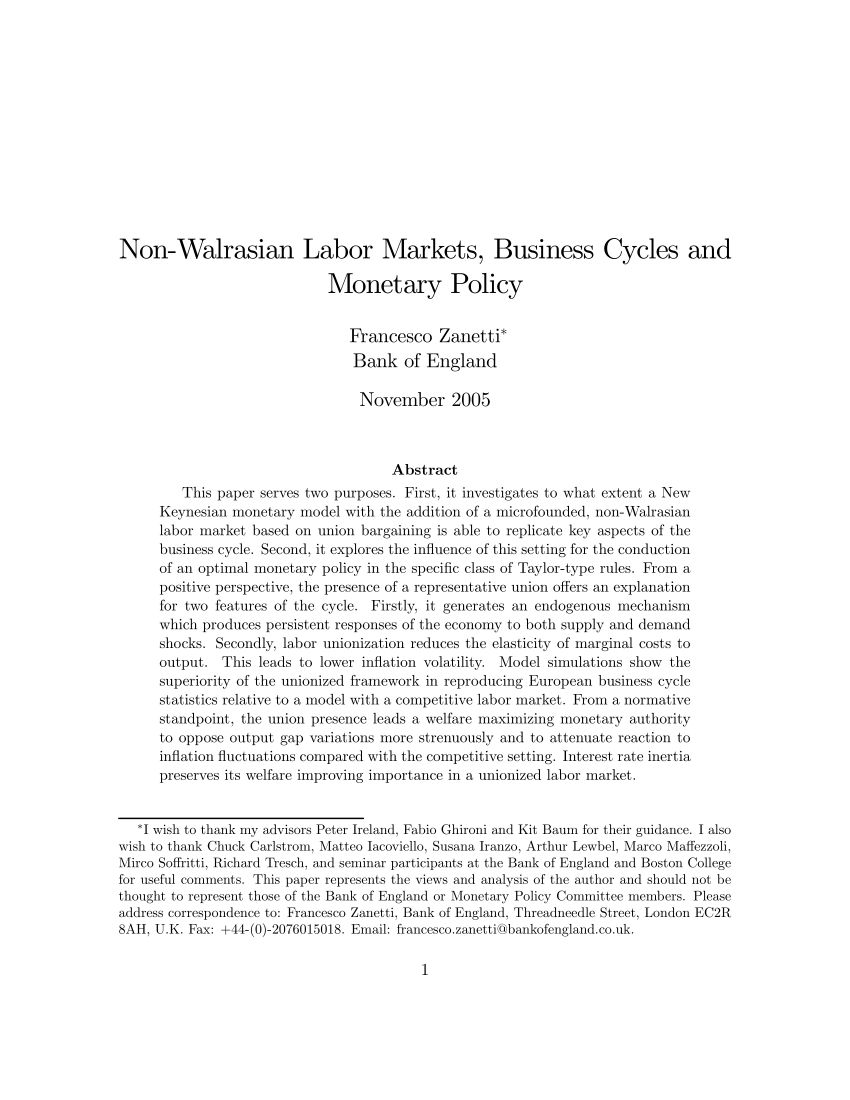Walrasian Market Meaning Example FAQs

Contents
- 1 Walrasian Market: Meaning, Example, FAQs
Walrasian Market: Meaning, Example, FAQs
What Is Walrasian Market?
A Walrasian market is an economic model where orders are collected into batches and analyzed to determine a clearing price that will decide the market price, also known as a call market.
Key Takeaways
- A Walrasian market determines the market price by batching and analyzing orders to find a clearing price.
- Leon Walras developed the concept to demonstrate a state of general equilibrium where supply and demand are equal in all markets.
- Unlike auction markets, buyers and sellers have limited influence on the final prices in a Walrasian market.
- Buy and sell orders are grouped together and executed at specific times in a Walrasian market.
- The New York Stock Exchange (NYSE) uses a similar process to determine opening prices.
Understanding a Walrasian Market
The Walrasian market originated from Leon Walras’ response to a problem posed by Antoine Cournot. Cournot argued that general equilibrium, where supply and demand are equal in all markets, couldn’t be demonstrated.
The Walrasian market model is commonly used in financial markets. The NYSE, for example, analyzes collected orders before the opening bell to determine opening prices. Previously, all trading on the NYSE followed this method.
In a Walrasian market, buy and sell orders are grouped together and executed at specific times instead of one by one. An auctioneer uses complete and perfect information about orders to determine the final price.
Walrasian Market vs. Auction Market
A Walrasian market differs from an auction market, where continuous trading occurs. In an auction market, price determination relies more directly on market forces, while in a Walrasian market, buyers and sellers have limited influence on the final price.
The U.S. Treasury conducts auctions for Treasury securities to meet government budget requirements.
Buyers and sellers simultaneously submit competitive bids and offers in auction markets. The traded price reflects the highest buyer’s bid and the lowest seller’s offer. Matching bids and offers are then paired to complete orders. Walrasian markets are more effective in markets with limited participants and trade volume.
Example of a Walrasian Market
For instance, consider the buy orders for Company A’s stock:
- Buy 1,000 shares at $5.25
- Buy 500 shares at $5.00
- Buy 700 shares at $5.50
- Buy 500 shares at $5.25
- Sell 1,000 shares at $5.25
- Sell 500 shares at $5.00
- Sell 700 shares at $5.50
- Sell 500 shares at $5.25
In a Walrasian market, the buy orders are grouped and executed at a price and time that would clear most orders. In this case, the clearing price may be $5.25. Although some parties are willing to buy or sell at $5.00, the price that clears most transactions is $5.25. Thus, the market analyst at the exchange executes these trades at that price.
What Is Walras’s Law?
Walras’s Law is an economic theory stating that excess supply in one market must correspond to excess demand in another market, thus nullifying both factors. The law emphasizes that if all markets are in equilibrium, a specific market must also be in equilibrium.
What Is Walras’s General Equilibrium Theory?
Walras’s General Equilibrium theory demonstrates that all markets tend to reach equilibrium in the long run, as opposed to only some markets in partial equilibrium. The theory focuses on markets tending towards equilibrium rather than necessarily reaching it.
What Is the Classical Theory of Money?
The classical theory of money proposes that the amount of money a household requires at a given time is proportional to its demand for commodities. A larger purchase of goods necessitates more cash on hand. This concept is referred to as the propensity to hold money.
How Do You Solve for Walrasian Equilibrium?
To solve for Walrasian Equilibrium, the following four steps are involved: calculating feasible outcomes, finding the optimum, determining prices to support the optimal production plan, and explaining how consumer demand equals supply at those prices.



